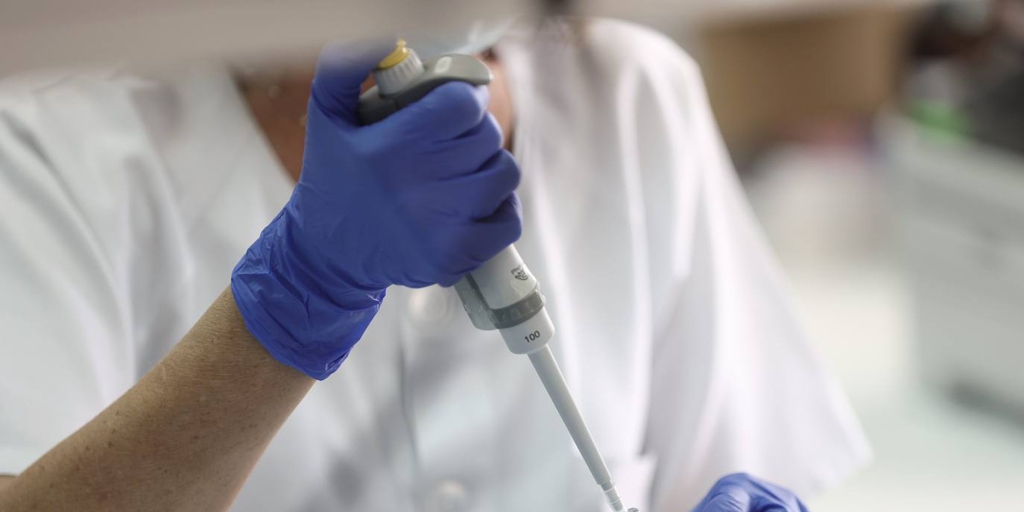
The section for science and research grows in the General State Budget in 2023, but not because the Government increases the funds, but because Europe will provide more money. This is clear from the ‘Report on Expenditure Policy 46 «Research, Development, Innovation and digitalization»’, which has just been published by the Spanish Confederation of Scientific Societies (Cosce), a group made up of 84 societies representing more than 42,000 scientists Spanish people.
As the report explains, the most important magnitude to assess public resources allocated to Science, Technology and Innovation are the Non-Financial Funds of national resources “because they are the ones that really represent the volume of direct investment and have continuity over time”, they affirm from cosce. In the PGE for 2023, the non-financial national funds allocated to R+D+I and Digitization (PG46) rise to 3.8 million euros, which represents an increase of 12.44% over the non-financial national resources established in the PGE of 2022. However, despite this growth, “the rise is diminished by the inflationary context.”
Non-financial resources from European funds reached 6.6 million euros, 22.31% more than in 2022. If we look at PG46 as a whole, Non-financial funds go from 8.8 million to almost 10.5 million , an increase of 18.49%. These funds are intended to improve the most critical issues for scientific activity and also for innovation since, together with the improvement of resources for training and the funds of the State Research Agency, the CDTI is also the recipient of more resources. OPIs increase in general but minimally, except for CIS and ISCIII.
“But it should be noted that these increases in practice are not so important in real terms due to the effect of inflation: if we converted the amounts to values correcting for inflation, the increases would be reduced,” they criticize from the association. “In addition, almost two thirds of the non-financial funds that we have are European.”
The report warns that funds from the EU cannot replace national and regional funds “if we want to sustain the continuity of STI policies and their main priorities.” The availability of European funds (under exceptional conditions these years due to the pandemic) is not guaranteed in the medium-long term.
They grow, but they don’t run
The organization criticizes that national funds, excluding European funds, are still far from the levels prior to the crisis and also warns of the possible lack of autonomy of the science and innovation system and of the uncertainty about the execution capacity of the funds, especially financial ones: this year Europe has notably increased its contribution, but “the capacity of the R+D+i system to absorb this type of funds that remained largely unexecuted before the arrival of the European funds.
The report highlights that it remains to be seen if the increases in the PG-46 in recent years compensate for the accumulated cuts to improve Spain’s position in a global environment. Spain ranks, after the pandemic, in the penultimate place out of 35 countries in global public investment effort in GBOARD, compared to the investment in 2021 with that of 2007, only ahead of Romania.
«Spain, in recent years, has distanced itself not only from world leading countries such as Japan or Korea (except for the smallest countries) and from European leaders, such as Germany and Norway, which are well above the indicated averages, but it distances itself from other neighboring countries such as Italy or Portugal which, having disinvested the latter, have done so to a lesser extent than Spain”, they point out from Cosce.
